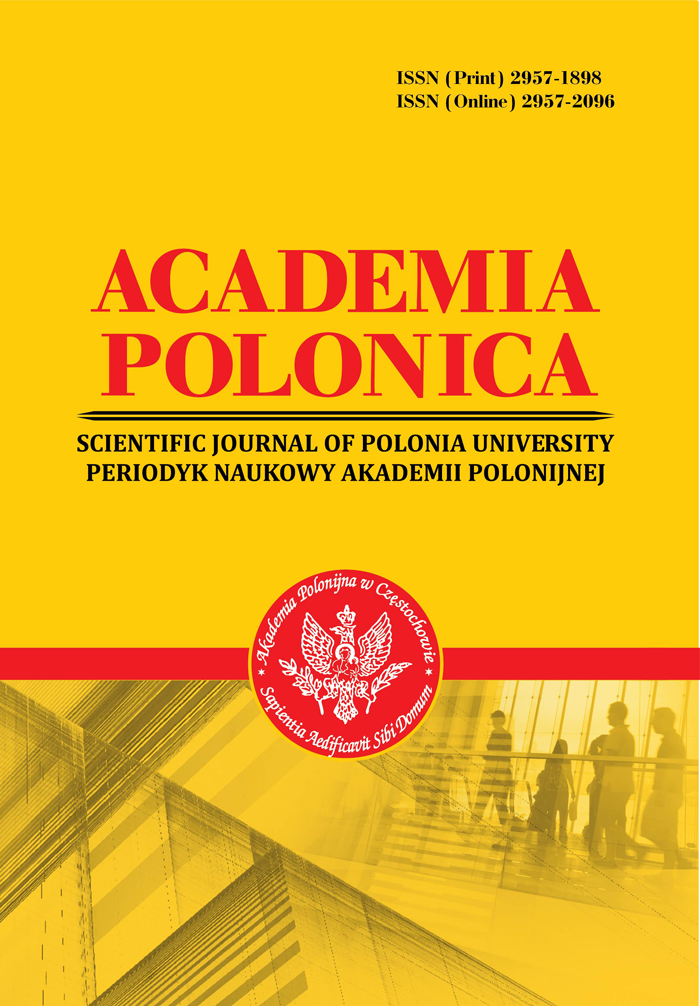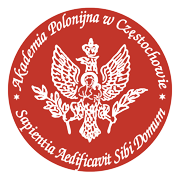STYLISTIC DEVICES OF INDIRECT ACTUALIZATION OF THE CONCEPT OF TRAUMA IN ELIZABETH STROUT'S NOVEL “OLIVE KITTERIDGE”
Abstract
The article is devoted to the analysis of stylistic devices used for the indirect actualization of the concept of TRAUMA in Elizabeth Strout’s novel “Olive Kitteridge”. The focus of the research is on metaphors, similes, personifications, epithets, metonymies, oxymorons, and other stylistic means by which the author conveys the psycho-emotional state of the characters. Particular attention is paid to the descriptions of bodily reactions, somatic manifestations, emotional outbursts, and the interaction between humans and nature. This mode of actualizing the concept of TRAUMA reveals the inner pain and psychological crises experienced by the characters. Through the use of artistic tropes, Elizabeth Strout succeeds in depicting the dynamics of emotional traumatization: from physical pain to the loss of identity, from fear to alienation. The detailing of psychosomatic symptoms, behavioral disturbances, and associations with natural processes creates a profound depiction of psychological suffering. The indirect actualization of traumatic experience through stylistic devices in the novel enhances its artistic effect, allowing the reader to immerse themselves in the inner world of the characters and perceive the multidimensionality of their experiences. The article demonstrates that stylistic devices function not only as aesthetic elements within the novel but also as significant tools for the cognitive representation of psychological trauma. The analysis confirms that traumatic experience in “Olive Kitteridge” is embodied through multilayered linguistic structures that require a comprehensive interpretative approach.
References
2. Bromberg, P. M. (1993). Shadow and substance: A relational perspective on clinical process. Psychoanalytic Psychology, 10(3), 378–406.
3. Charney, D. S. (1993). Psychobiologic mechanisms of posttraumatic stress disorder. Archives of General Psychiatry, 50(4), 294–305. https://doi.org/10.1001/archpsyc.1993.01820160064008
4. Dumont, L. (1986). Essays on individualism: Modern ideology in anthropological perspective. Chicago: University of Chicago Press.
5. Fromm, E., Anderson, L. A. (2013). The sane society. New York: Routledge.
6. Guaccero, S. (2010). ‘Standing in the spaces’ with Olive Kitteridge, by Elizabeth Strout. Psychoanalytic Perspectives, 411–415.
7. Kruger, R.-L. (2016). Fighting the fear: Everyday terror in the American short story collection after 9/11. A study of Jennifer Egan’s A Visit from the Goon Squad and Elizabeth Strout’s Olive Kitteridge. MacEwan University Student eJournal, 3(1), 293. https://doi.org/10.31542/j.muse.393
8. May, R. (2009). Man’s search for himself. Manhattan: W. W. Norton & Company.
9. Pacella, M. L., Hruska, B., Delahanty, D. L. (2013). The physical health consequences of PTSD and PTSD symptoms: A meta-analytic review. Journal of Anxiety Disorders, 27(1), 33–46. https://doi.org/10.1016/j.janxdis.2012.08.004
10. Qiu, M. (2023). Strout’s insight into the times: Trauma and recovery in Olive Kitteridge. International Journal of English Literature and Social Sciences (IJELS), 8(4), 166–173. https://doi.org/10.22161/ijels.84.27
11. Shalev, A. Y., Freedman, S., Peri, T., Brandes, D., Sahar, T., Orr, S. P., Pitman, R. K. (1998). Prospective study of posttraumatic stress disorder and depression following trauma. American Journal of Psychiatry, 155(5), 630–637. https://doi.org/10.1176/a
12. Šesnić, J. (2019). The past and present of age and ageing in The Country of the Pointed Firs and Olive Kitteridge. Anafora – Časopis za znanost o književnosti, 6(2), 443–468. https://doi.org/10.29162/anafora.v6i2.8
13. Strout, E. (2008). Olive Kitteridge. New York: Random House.
Abstract views: 192 PDF Downloads: 75







